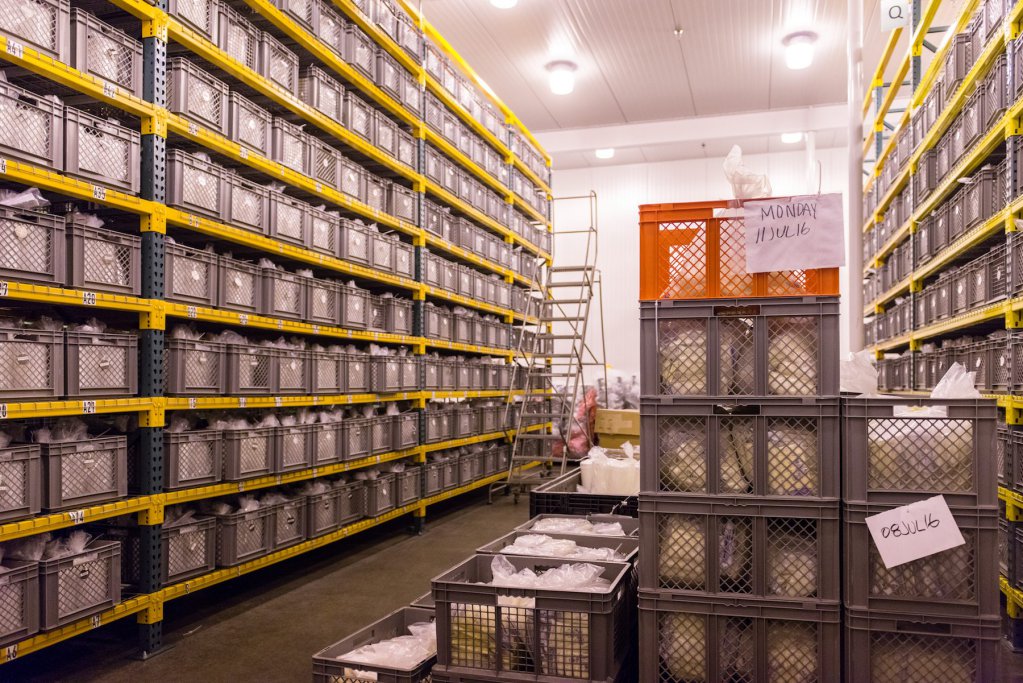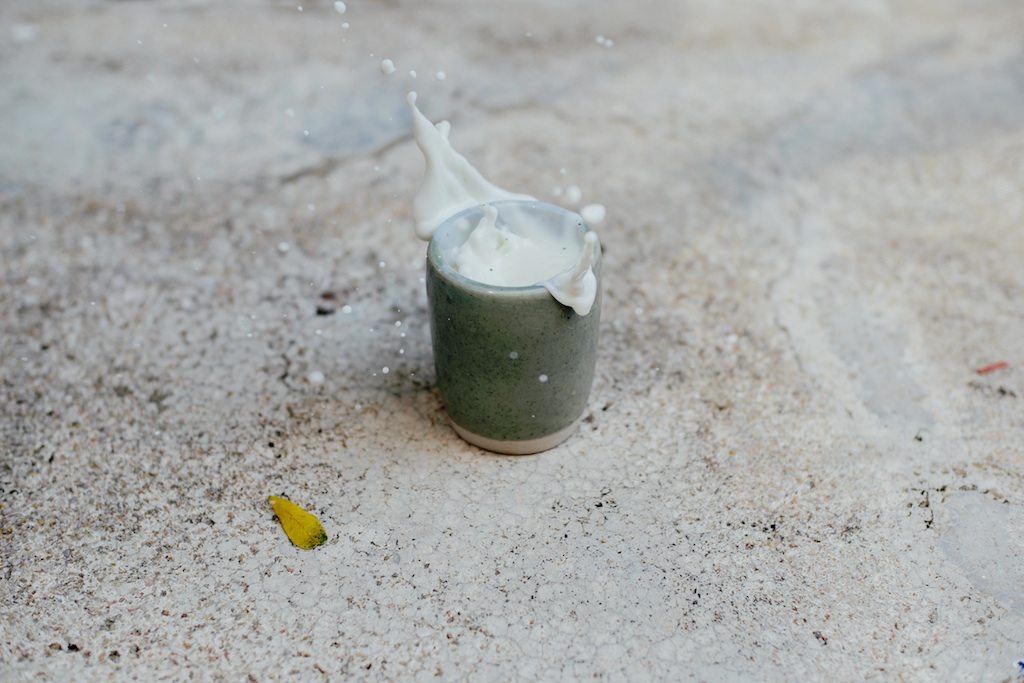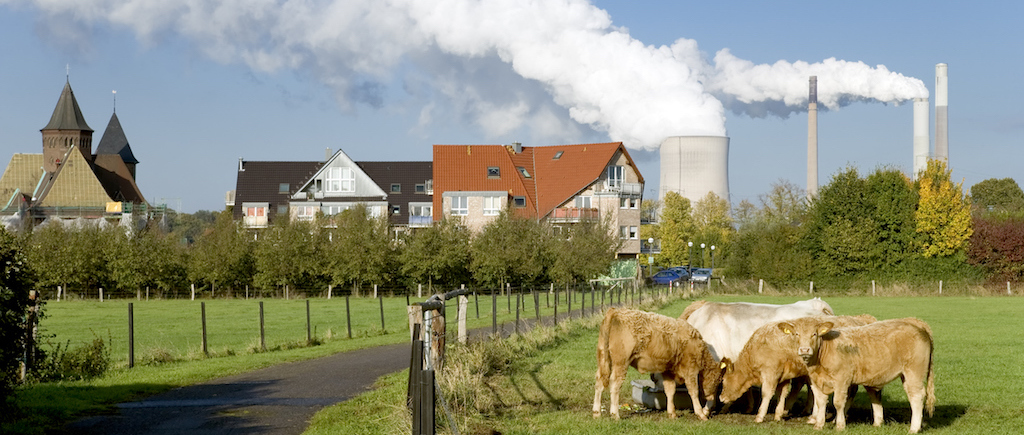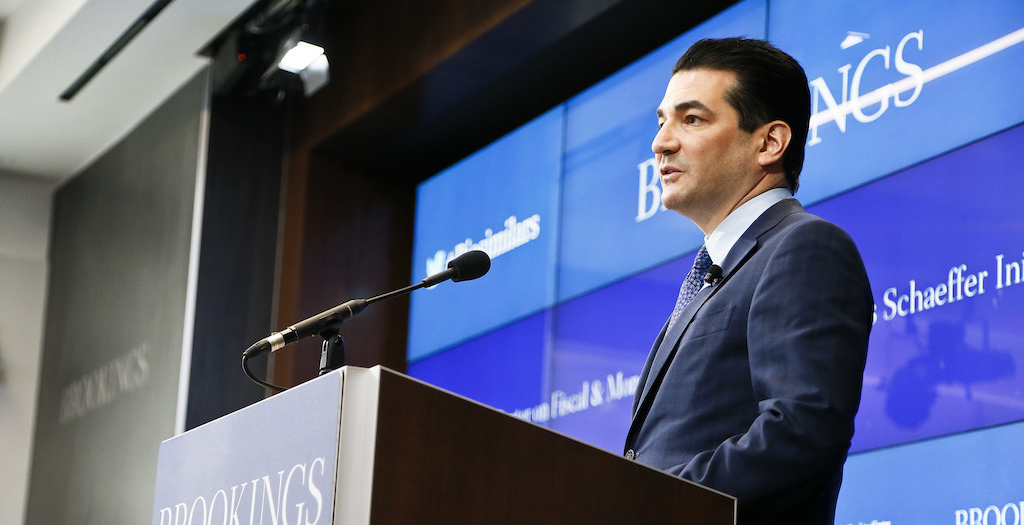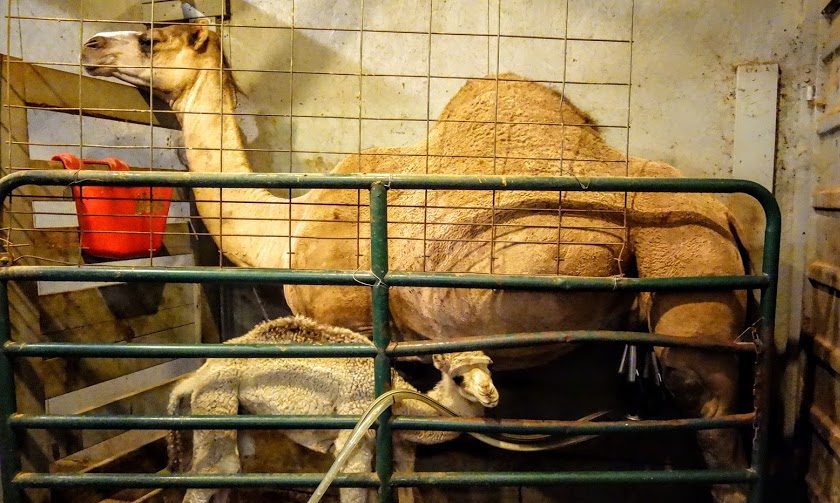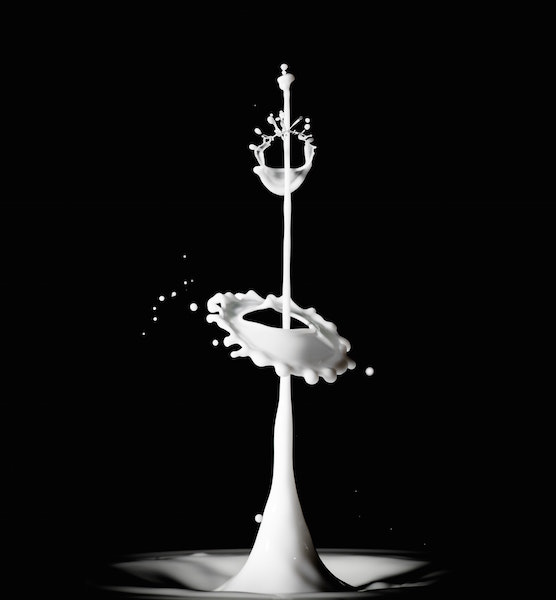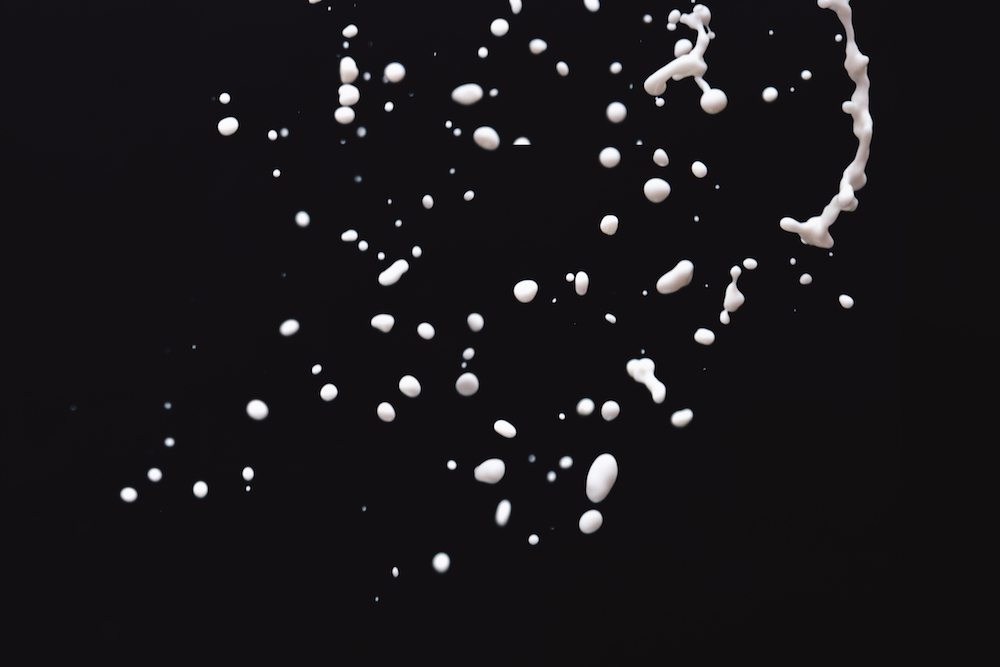
Soy milk, almond milk, and other “milks” of that ilk may someday have to self-identify as something udderly different, Politico reports. A group of 32 members of Congress submitted a letter to the Food and Drug Administration on Friday asking the agency to ban the use of traditional dairy terminology—like “milk”—on plant-based products.
In the letter, Rep. Peter Welch (D-VT) and others claim that use of the word “milk” on soy and almond drinks misleads consumers and harms the dairy industry. They add that plant-based milk sales are on the rise, while dairy milk sales continue to decline, citing a 40 percent decrease in milk prices since 2014. The rhetoric is familiar: Big Bad [Insert Food Here] hurts family farmers.
This isn’t a new fight. As Food Dive points out, a federal judge in California threw out a lawsuit against Dean Foods and WhiteWave claiming they’d unlawfully cried “milk” back in 2013.
But the origins of dairy defensiveness stretch much further back than 2013. And for that story, we needn’t look further than the butter aisle.
In the 1870s, another dairy substitute entered the mass market. But this one wasn’t marketed to vegans and the health-conscious (because veganism wasn’t the diet du jour in the 19th century?)—rather, it was just a cheaper alternative to butter. And that meant it threatened the dairy industry big time.
A margarine ad from 1959
Margarine burst on the scene in all its spreadable glory as a dirt cheap, shelf-stable, delicious alternative to the real stuff. And boy, did lawmakers in dairy-producing states gird themselves for a fight! A fantastic piece in National Geographic documents some of their jabs at margarine and its makers. If only political rhetoric were still this poetic: they called it “the ingenuity of depraved human genius,” “flavored by chemical tricks,” “matured under the chill of death.”
Here’s where the story starts to sound like one we’ve heard before. The dairy lobby got laws passed in New York and Maryland that mandated margarine labeling, Fee.org explains. Remember how Vermont passed a GMO labeling law and spurred a national conversation? Or how, once a soda tax passed in one city, several others passed it within the year? Same idea. Lots of states followed suit, passing laws that imposed penalties (at the time, a fine of $100 or 30 days in jail) for margarine not labeled as such.
But, as we know, margarine prevailed. Turned out people didn’t care all that much if wasn’t real butter. They probably could’ve figured that out without the labels.
But butter struck back. Again from that article in Fee: New York banned margarine outright, as did Maine, Michigan, Minnesota, Pennsylvania, Wisconsin, and Ohio. (Notice anything? These states are still some of the largest dairy-producing regions in the country. Check out the home states of those Congress members who signed last week’s letter to the FDA.)
The ban was declared unconstitutional, but a smear campaign in the press (“The slag of the butchershop”! “A compound of diseased hogs and dead dogs”!) did its damage. And all this prompted a federal law.
A margarine ad from 1970
In 1886, the Federal Margarine Act imposed a two-cent-per-pound tax on margarine, in addition to annual licensing fees. Two cents per pound in 1886 would be equal to about 50 cents per pound in 2016. And though the state-level bans didn’t hold up in court, the dairy industry continued to find loopholes. It successfully banned yellow margarine in 32 states by 1902 (hard to believe, but at the time, butter was still naturally yellow). Margarine companies started including mix-at-home yellow food coloring droplets in their packaging. Do yourself a favor and enjoy the margarine advertisements from that time (and their accompanying fine print) over at The Society Pages here.
But as National Geographic points out, margarine had a resurgence during scarce times in the 1930s and 1940s. It surpassed butter in terms of per capita annual consumption for several decades. Today, we eat a little more butter than margarine—likely because of all the bad press surrounding trans fats. Perhaps we’ll discover in fifty years that the dairy lobby paid Harvard researchers to overstate the negative health effects of trans fats, just like the sugar lobby did with fat. Perhaps not.
As delightful and absurd as the butter battles seem today, it’s not much of a stretch to find precedent for the arguments we hear in the food industry every day. Margarine (today, soy milk) threatens family farmers. Consumers are misled when margarine is yellow, consumers are misled when soy drinks are labeled “milk.” To spur national change, ban margarine in the states first. To spur national change, label GMOs, mandate cage-free eggs, and require menu labeling in the states first. To discourage consumption, tax margarine. To discourage consumption, tax soda.
There’s another lesson here: The dairy lobby is powerful as hell, and it’s been powerful since the 1800s. But it doesn’t always win. Label foods, tax them, and lobby all you want, but at the end of the day, lobbies don’t always have the final say on consumer preference. We’ll be watching the Milk Wars with baited breath (and a bottle of chocolate syrup–no label battle there yet!).



